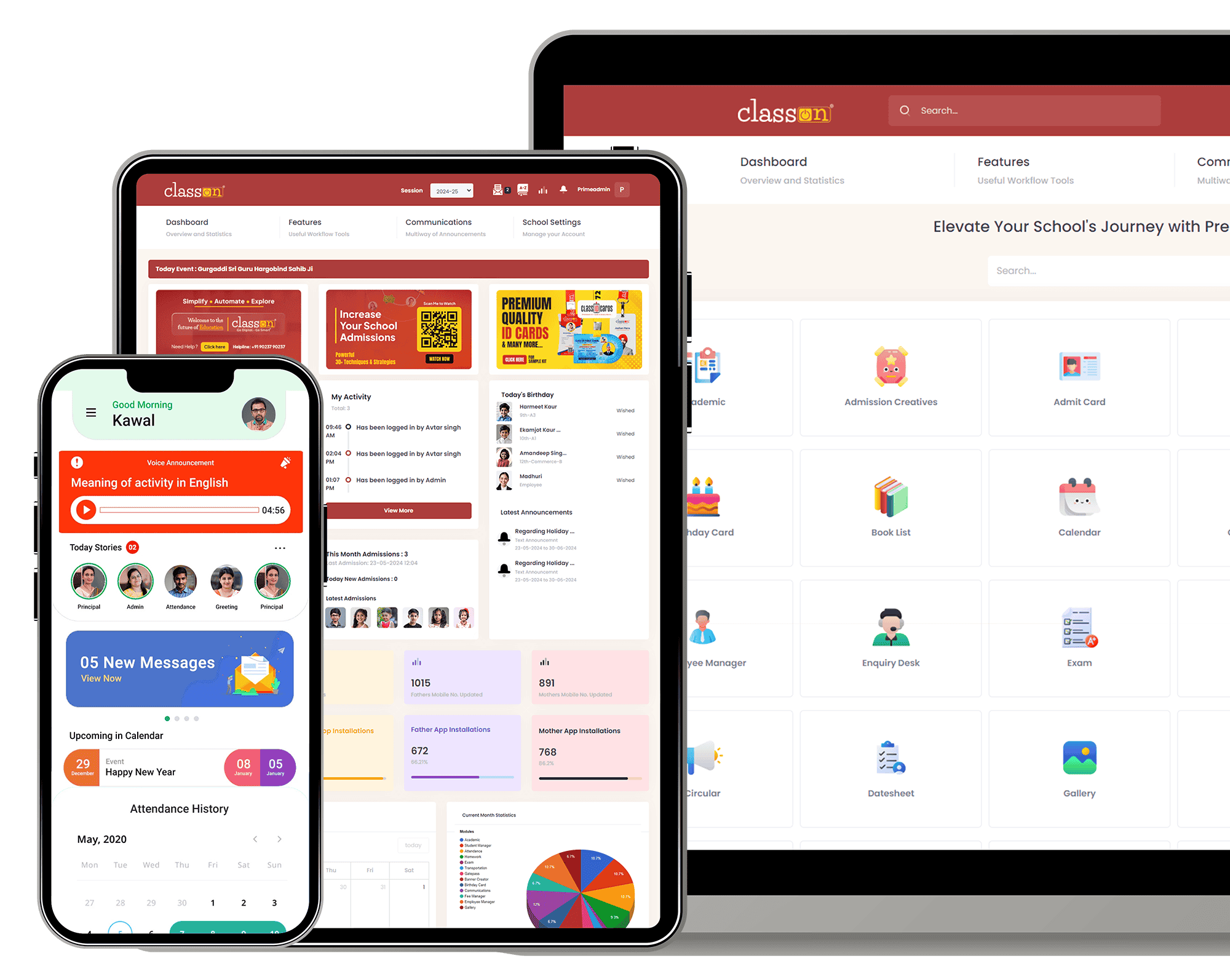In today’s fast-paced digital ecosystem, user engagement is the heartbeat of any successful online presence. Whether you’re running an eCommerce site, a SaaS platform, or a mobile application, your users expect instant loading times, smooth navigation, and uninterrupted experiences. This is where performance testing services come into play-ensuring your application is optimized to deliver seamless user interactions even during traffic spikes or under stress.
What Is Performance Testing?
Performance testing is a type of software testing that evaluates the speed, scalability, and stability of a system under a particular workload. It simulates real-world scenarios to analyze how applications perform under various conditions-such as high user traffic, heavy data processing, or limited server resources.
Performance testing is not just about measuring load times or server responses. It’s about understanding how your application behaves in the hands of actual users-and how that behavior affects overall engagement.
Why User Engagement Matters
User engagement refers to the degree to which a visitor interacts with your app, website, or digital product. High engagement often translates to:
- Increased session duration
- Higher conversion rates
- Better retention and customer loyalty
- Stronger brand trust
On the other hand, poor performance leads to abandonment. According to Google, 53% of users abandon a mobile site that takes longer than 3 seconds to load. That’s a direct blow to engagement, conversions, and ultimately-revenue.
How Performance Testing Services Enhance User Engagement
Here are several ways in which robust performance testing directly improves user engagement:
1. Faster Load Times Boost First Impressions
The first impression is critical. If your website or application takes more than a few seconds to load, users are likely to bounce. Performance testing services help identify bottlenecks in the backend, slow-loading scripts, and database inefficiencies that may affect load speed. Once these issues are optimized, users are welcomed with a faster and more responsive interface-creating a positive first impression and inviting deeper interaction.
2. Ensures Seamless Multi-Device Experience
With the surge in mobile users and the growing diversity of devices, ensuring consistent performance across platforms is essential. Performance testing simulates real-world usage across different devices, screen resolutions, and browsers. This ensures that whether users access your site from a smartphone, tablet, or desktop, they receive a unified, engaging experience without hiccups.
3. Handles Traffic Spikes Without Crashes
Nothing kills user engagement like a site crash during a product launch or flash sale. Performance testing services stress-test your infrastructure to prepare for unexpected user load. By validating server limits, caching mechanisms, and load balancers, these tests help you scale dynamically-keeping your application alive and responsive during peak demand.
4. Reduces Latency in User Interactions
Modern users expect real-time interactions-be it submitting a form, making a purchase, or navigating between pages. High latency can frustrate users and lead to drop-offs. Performance testing measures response times and interaction latency across components such as APIs, third-party integrations, and backend services. Optimizing these ensures smoother workflows and higher engagement.
5. Improves Core Web Vitals and SEO Performance
Google’s Core Web Vitals-metrics like Largest Contentful Paint (LCP) and First Input Delay (FID)-are now ranking factors. These metrics directly tie into how users perceive your website’s speed and responsiveness. Performance testing services help identify where your site lags in these areas and provide actionable insights to improve them. As a result, you not only improve user experience but also rank higher on search engines-driving more organic engagement.
6. Builds User Trust and Brand Loyalty
Users are more likely to trust applications that perform reliably. When users encounter repeated slowdowns, errors, or timeouts, they associate your brand with poor quality. Regular performance testing ensures reliability, reinforcing your brand image as dependable and user-centric. Trust translates into longer sessions, repeat visits, and ultimately-customer loyalty.
Performance Testing: More Than Just a Technical Check
While often seen as a backend or DevOps function, performance testing is actually a business growth strategy. It intersects directly with marketing goals, UX/UI strategy, and customer satisfaction metrics. In an age where user attention spans are short and competition is just a click away, performance testing is your safeguard against digital attrition.
Choosing the Right Performance Testing Services
To truly elevate user engagement, it’s important to partner with performance testing services that offer:
- End-to-end testing across platforms
- Real-time monitoring and analytics
- Custom load simulations based on user behavior
- Optimization recommendations
- Integration with CI/CD pipelines
Look for teams that understand both the technical and business aspects of performance testing, helping you align testing outcomes with engagement goals.
Final Thoughts
User engagement is no longer a luxury-it’s a necessity. As digital products become more complex and user expectations soar, investing in professional performance testing services is a strategic move. It ensures that every interaction on your platform is fast, fluid, and frustration-free.
In a digital-first world, high performance isn’t just about keeping your app alive-it’s about keeping your users engaged.



